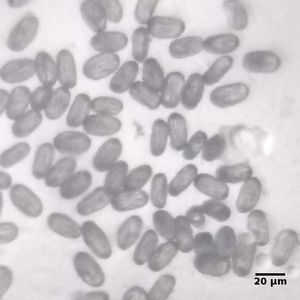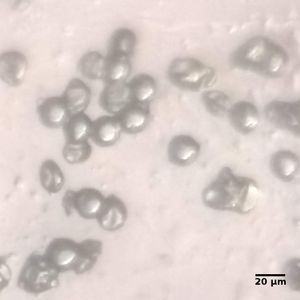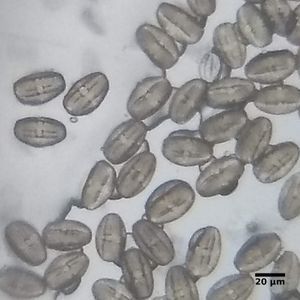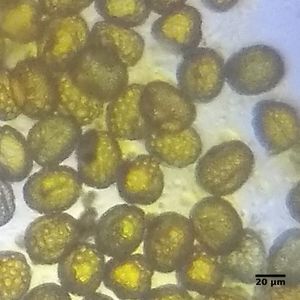3 Purple flowers
 Sep 10, 2018 • 7:10 AM UTC
Sep 10, 2018 • 7:10 AM UTC Unknown Location
Unknown Location 140x Magnification
140x Magnification Microorganisms
Microorganisms
varuni
Learn about the author...
21posts
22comments
1locations

(I’m trying to catch up on a long list of posts that I have been meaning to write. So here goes a the first of the shower of posts.)
A couple of months ago (May/June) as I was running errands around my neighborhood and I noticed these three trees in bloom, all with purple flowers so I picked up one of each so that I could get home and reward myself to a Foldscope session 🙂
Here are the three trees in bloom:
A couple of months ago (May/June) as I was running errands around my neighborhood and I noticed these three trees in bloom, all with purple flowers so I picked up one of each so that I could get home and reward myself to a Foldscope session 🙂
Here are the three trees in bloom:

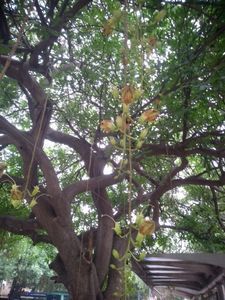

And here are their respective flowers up close:
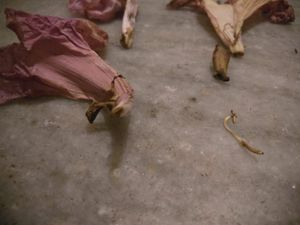

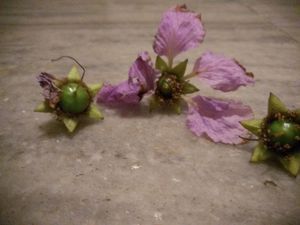
Here’s what their pollen looks like:
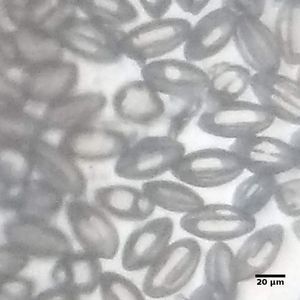
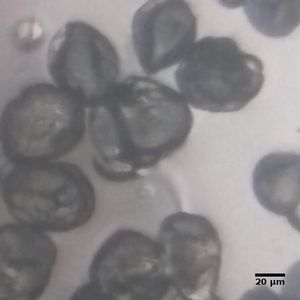
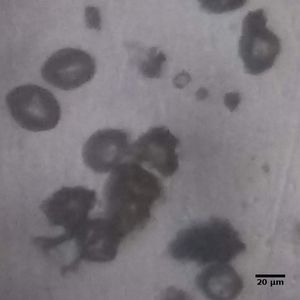
I didn’t really know the common or species name for any of them, so I posted them on India Biodiversity Portal and sure enough, there seems to be a consensus: Purple flower 1 is Tabebuia spp. , Purple flower 2 is Kigelia africana and Purple flower 3 is Lagerstroemia reginae .
A little more digging on the internet led me to something pretty interesting. These 3 purple flower trees, flowering in Chennai around the same time, are from different continents!
Tabebuia species are native to the American tropics and subtropics, Kigelia is native to Africa (as its specific name suggests) and the Lagerstroemia is native to the Indian subcontinent. (In fact, according to the Wikipedia page for Lagerstroemia : “The genus is named after the Swedish merchant Magnus von Lagerström, a director of the Swedish East India Company who supplied Carl Linnaeus with plants he collected” and these plants now grow in warmer regions all over the world.)
Here are 3 different trees within a 2km radius, which are from 3 different continents! I have been meaning to post here to start collaborations with people in the DBT Foldscope program– and I think this is a great excuse. Many of our cities and towns have the similar species of trees that are growing in widely different types of climate. It would be great to investigate their yearly life cycles — both macroscopically and microscopically. When do they flower/fruit? Are there differences in the way the pollen looks? Do they have the same density of stomata? Is their branching pattern different? Do they harbor different types of mites or other funal pathogens? These some of the things I have been looking at with students from a few schools in both rural and urban Tamil Nadu.
I’m currently looking for people/schools part of the DBT Foldscope program from the north-eastern states who are interested to collaborate and share data on some of these botanical topics — please do reply below so we can take this forward…
PS – Check out a full list of pollen I’ve looked at here:
Pollen list
A little more digging on the internet led me to something pretty interesting. These 3 purple flower trees, flowering in Chennai around the same time, are from different continents!
Tabebuia species are native to the American tropics and subtropics, Kigelia is native to Africa (as its specific name suggests) and the Lagerstroemia is native to the Indian subcontinent. (In fact, according to the Wikipedia page for Lagerstroemia : “The genus is named after the Swedish merchant Magnus von Lagerström, a director of the Swedish East India Company who supplied Carl Linnaeus with plants he collected” and these plants now grow in warmer regions all over the world.)
Here are 3 different trees within a 2km radius, which are from 3 different continents! I have been meaning to post here to start collaborations with people in the DBT Foldscope program– and I think this is a great excuse. Many of our cities and towns have the similar species of trees that are growing in widely different types of climate. It would be great to investigate their yearly life cycles — both macroscopically and microscopically. When do they flower/fruit? Are there differences in the way the pollen looks? Do they have the same density of stomata? Is their branching pattern different? Do they harbor different types of mites or other funal pathogens? These some of the things I have been looking at with students from a few schools in both rural and urban Tamil Nadu.
I’m currently looking for people/schools part of the DBT Foldscope program from the north-eastern states who are interested to collaborate and share data on some of these botanical topics — please do reply below so we can take this forward…
PS – Check out a full list of pollen I’ve looked at here:
Pollen list
Sign in to commentNobody has commented yet... Share your thoughts with the author and start the discussion!
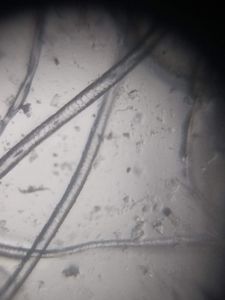
 0 Applause
0 Applause 0 Comments
0 Comments
